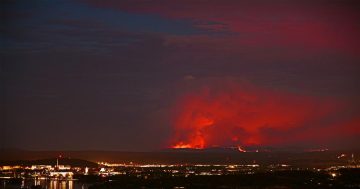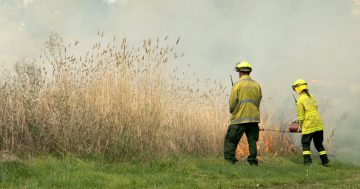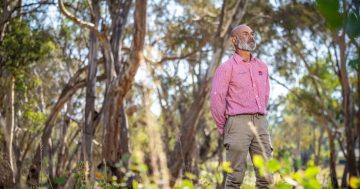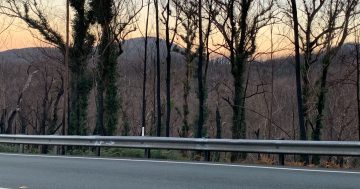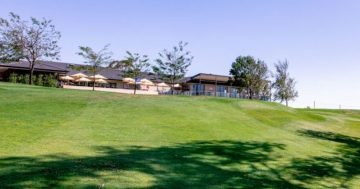The ANU informs us that their research shows merely torching as many hectares as possible is no fire prevention substitute for targeting areas where the burn will do the most good:
The researchers question whether widespread fuel-reduction burning is as protective as it is widely believed to be. They report modelling that shows it is not the total area burnt that really matters, but the location of the fuel-reduction burns.
“It seems that burning within 100 metres or so of the urban fringe can have a strong protective effect, but randomly located burns have very little or no protective effect, even when a very high proportion of the landscape is burnt annually,” Dr Driscoll says. “Very frequent burning – say, more than once every five or ten years in eucalypt forests and woodlands – can eliminate native species from the area. So, minimising the area that is frequently burnt is a win for biodiversity. If that frequently burnt area is strategically located next to housing, then it is likely to have a protective effect.”
So there you go.












